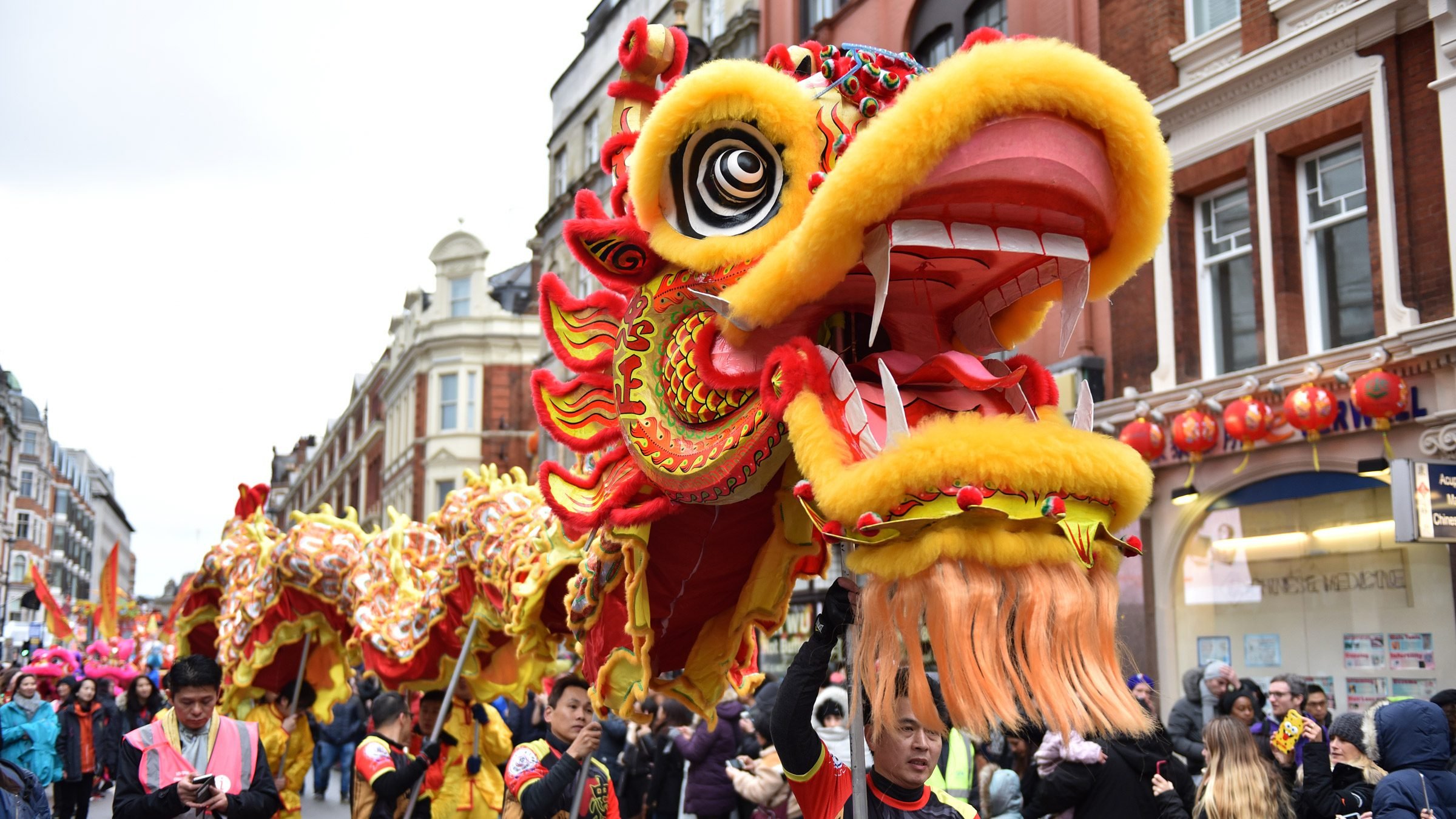
China, with its vast and diverse history, showcases a wealth of traditional wonders. The culture of ancient China constitutes an immense and diverse panorama formed throughout the ages. In the ensuing discourse, we delve into the key aspects that make up the fascinating and enduring heritage.
A significant aspect of China’s traditional culture concerns the vast array of cultural thought. Ancient Chinese philosophy founded significant ideas, for example Daoism, which influenced the nation’s way of life in various ways. These schools of thought highlight principles like balance, loyalty to family, along with empathy, each of which persistently hold true within today’s the Chinese way of life.
One more crucial aspect related to China’s cultural heritage concerns its arts. China’s artistic heritage is distinguished via the concentration on proportion, along with the relevance attributed to calligraphy. From traditional Chinese painting to pottery, such artistic forms showcase the understanding for artistry present in China’s cultural heritage.
In addition to philosophy and art, Chinese traditional culture furthermore incorporates unique customs as well as events. These celebrations, including the Lunar New Year, Mooncake Festival, and also Duanwu Festival, serve to bolster community connections and at the same time safeguard the nation’s traditional identity. Each celebration tends to be marked with specific rituals, dishes, as well as performances, showcasing China’s rich cultural mosaic.
Moreover, the culture of ancient China is visible through its unique architectural designs. Spanning from historic palaces and vernacular dwellings, Chinese architecture showcases a emphasis on symmetry, proportion, as well as its integration with the surrounding environment. These unique architectural approaches serve as reminder to China’s enduring heritage history.
south red agate
To sum up, China’s cultural heritage is a vast as well as timeless panorama consisting of ideology, art, customs, celebrations, as well as architectural styles. These varied elements not only depict the country’s rich past, and also operate as a significant foundation for present-day the Chinese nation. By way of understanding and preserving these unique cultural wonders, we can potentially attain a better grasp about the essence, simultaneously additionally deepening our international heritage awareness.